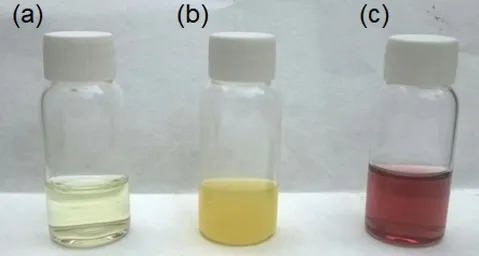Found 2 results
Open Access
Review
03 September 2025Defect Engineering in Carbon-Based Metal-Free Catalysts: Active Sites, Reduction Mechanisms, and 3D Architectures for Sustainable 4-Nitrophenol Reduction
Nitrophenols (NPs), classified as priority pollutants due to their significant toxicity, persistence, and bioaccumulation potential, pose severe threats to ecosystems and human health. Catalytic reduction, particularly the conversion of NPs like 4-nitrophenol (4-NP) to less toxic aminophenols using sodium borohydride (NaBH4), represents a promising remediation strategy. While conventional metal-based catalysts face limitations including high cost, poor durability, and potential metal leaching, carbon-based metal-free catalysts (C-MFCs) have emerged as highly efficient, sustainable, and cost-effective alternatives. However, the precise reaction mechanisms governing NP reduction over C-MFCs remain ambiguous, and significant debate surrounds the nature of the active sites and the structure-activity relationships dictating performance. This review systematically elucidates the catalytic sites and associated reduction mechanisms in C-MFCs. We comprehensively summarize design principles centered on defect engineering strategies, encompassing single-atom (N, S, B, P, O), dual-atom (B,N; N,S; N,P), and tri-atom (B,N,F; N,P,F) doping, alongside non-doping defects such as edge and pore defects. The critical structure-performance relationships linking these engineered active sites to catalytic activity (e.g., turnover frequency, TOF) are analyzed, integrating experimental evidence and theoretical insights. Furthermore, strategies for constructing three-dimensional architectures to enhance active site accessibility and catalyst stability are highlighted. This work provides fundamental insights to guide the rational design of next-generation high-performance C-MFCs for sustainable nitrophenol pollution control.

Open Access
Article
08 March 2024Green Synthesis of Gold Nanoparticles for Catalytic Reduction of 4-Nitrophenol and Methylene Blue for Sustainable Development
Unique structural features and wide applications of gold nanoparticles (GNPs) are inspiring researchers to develop biocompatible, reliable and cost-effective methods for their synthesis. Herein, a clean, eco-friendly and non-toxic method to obtain GNPs was developed by reducing and capping the liquid extract of stem of Lilium longiflorum and highlights the catalytic reduction of 4-nitrophenol (4-NP) and methylene blue (MB). The formation of GNPs was confirmed through the absorption peak at 535 nm in the UV-Vis spectra. TEM and HRTEM analyses reveal GNPs spherical morphology with an average size of 4.97 nm. SEM and EDX analyses further elucidate the spherical nature of GNPs and elemental composition. FTIR spectroscopy analysis demonstrates that the GNPs were coated with organic compounds, which prevent the nanoparticle from aggregation. GNPs exhibit remarkable efficiency in reducing 4-NP and MB. The catalytic efficacy of the synthesized GNPs was demonstrated through the enhanced reduction rates of 4-NP and MB, with rate constants of 1.50 min−1 and 1.29 min−1, respectively. This study develops a novel and eco-friendly technique for the synthesis of gold nanoparticles and opens possibilities for the green synthesis of other metal nanoparticles. The confirmed catalytic activity holds promise for a range of industrial applications and environmental sustainability.
